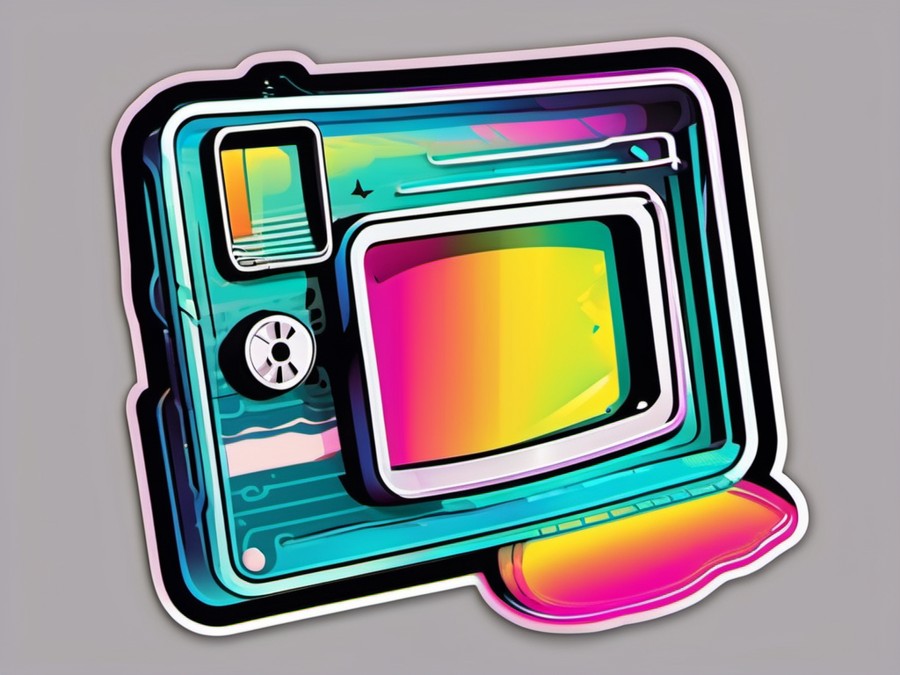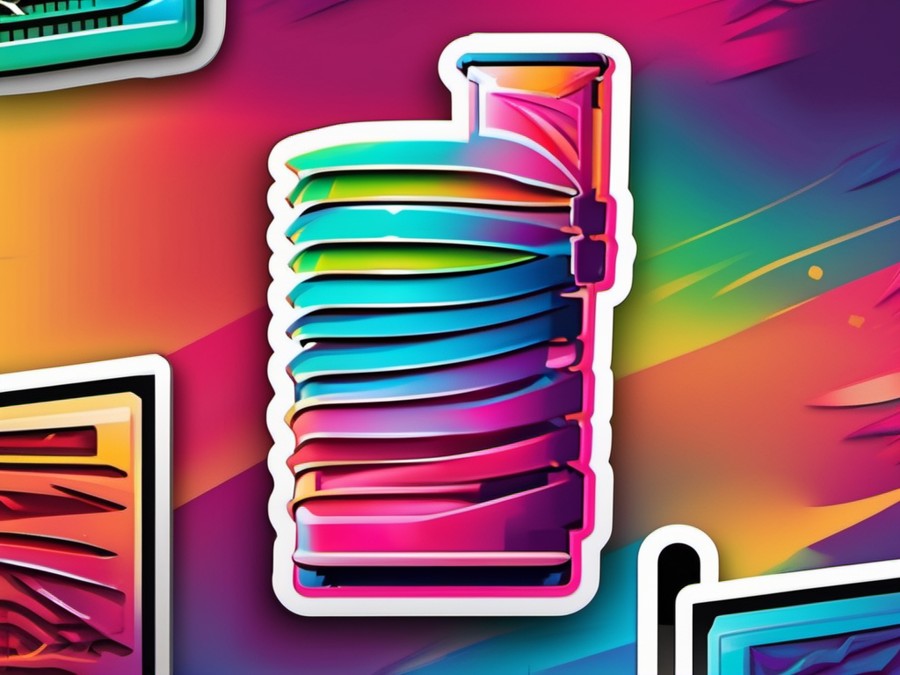· Charlotte Will · Vehicle Mounts · 7 min read
What is the Ideal Position to Mount a Device in Your Car?
Discover the ideal position to mount your device in your car for safety and convenience. Learn about common mounting spots, legal considerations, and how to choose the right mount for your car.

Introduction: The Importance of Proper Device Mounting in Cars
Have you ever wondered where the best place is to mount your device in your car? Whether it’s a GPS, a phone holder, or any other gadget, the position you choose can significantly impact your safety and the overall driving experience. Proper mounting isn’t just about convenience; it plays a crucial role in ensuring that your view is unobstructed and you’re compliant with local laws. Let’s dive into the nuances of finding that ideal spot.
Assessing Your Car’s Interior Layout
Before you start mounting anything, it’s essential to familiarize yourself with your car’s interior layout. Look at the dashboard, windshield, and air vents to identify potential mounting spots. Understanding the structure of your car helps you make an informed decision about where to place your device. For instance, if your dashboard has a lot of curves and textured surfaces, you might want to opt for an adhesive mount that can stick reliably.
Common Mounting Positions
Windshield Mount
The windshield is one of the most common places to mount a device. It provides a clear view of the road and doesn’t take up valuable dashboard space. However, it’s crucial to ensure that the mount doesn’t obstruct your view, especially during nighttime driving. Also, be aware of the legal considerations in your region; some places have strict laws against windshield mounts.
Dashboard Mount
Another popular option is the dashboard. It’s usually spacious and allows for multiple mounting positions. Yet, you must find a spot where the device won’t slide around or block your view when in use. Ensure that the mount adheres well to the dashboard material. Some dashboards have textured surfaces which might require a different type of mount than one designed for smooth, flat surfaces.
Air Vent Mount
Air vent mounts are convenient and discreet. They don’t take up dashboard space, and you can easily adjust the position of your device. However, they might block airflow, which could be problematic during hot weather. Additionally, if the air vents are used for heating or cooling, the device could get too hot or cold.
CD Player Mount
The CD player slot is an often-overlooked but brilliant spot for mounting a device. It keeps the device hidden when not in use and provides a secure hold. The drawback is that it might not be compatible with all device sizes, and using the slot could potentially damage the CD player.
Safety Concerns When Mounting a Device
Safety should always be your top priority. Ensure the device isn’t obstructing your view of the road, especially when using navigation or other features that require attention. Also, consider glare from the sun or oncoming headlights; a reflective screen can be dangerous. For example, if your car has tinted windows, you might not need to worry as much about glare.
Legal Considerations for Device Mounting
The laws governing device mounts vary by region. In some places, windshield mounts are strictly prohibited because they can obstruct the driver’s view. Familiarize yourself with your local laws to avoid fines and ensure compliance. It’s also a good idea to take into account the What is a Car Entertainment System and What Features to Look For? article when considering legal compliance.
Choosing the Right Mount for Your Device
With a variety of mounts available, choosing the right one can be overwhelming. Suction cup mounts are versatile but may not stick well on textured surfaces. Adhesive mounts provide a strong hold but can be difficult to remove without damaging the interior. Consider your car’s material and the device’s size when selecting a mount. For more insights, you can refer to the What is an Air Vent Vehicle Mount and When Should You Use It? article.
Installing Your Device Mount
A secure installation is vital for safety. Follow the manufacturer’s instructions carefully to ensure a stable mount. For adhesive mounts, clean the surface thoroughly before applying; this helps maintain a strong bond over time. Some installations require specific tools or materials, so make sure you have everything ready before you start.
Optimizing Device Visibility and Access
Ideally, the device should be within reach but not a distraction. Position it so you can easily see and interact with it without taking your eyes off the road for too long. Using cable organizers can help keep cords tidy, preventing them from getting in the way. For more tips on cable management, check out What is a USB Car Charger and How to Select the Best One?.
Using Your Device Safely While Driving
Even with a well-mounted device, distractions can occur. Use voice commands and hands-free features to minimize distractions. Only interact with the device when it’s safe to do so, such as at a red light or while parked. For example, if you’re using your phone for navigation, make sure it’s mounted securely and that you can interact with it without diverting your attention from the road.
Maintaining Your Mount and Device
Regular maintenance ensures your mount remains stable. Clean the mount occasionally to remove any dirt or residue that could affect adhesion. Keep your device software updated for the latest safety features and optimal performance. Regular updates can enhance the usability of your device, making it safer to use while driving.
Special Considerations for Different Vehicle Types
Different vehicles come with unique challenges. For trucks and larger vehicles, you might need a more robust mount to handle the vibrations and movements. For motorcycles and other two-wheelers, ensure the device is securely mounted and won’t fly off during a ride. In some cases, you might need to use additional safety measures such as straps or clamps to keep the device in place.
Real-Life Examples of Ideal Mounting
Let’s look at a few real-life examples where devices are mounted safely and effectively. One example is a car with a GPS mounted on the windshield, positioned in a way that doesn’t block the driver’s view. Another is an air vent mount used for a phone, providing easy access without obstructing the airflow. Sometimes, the best solutions come from observing what works well for others.
Technological Advances in Car Device Mounts
The world of car mount technology is continually evolving. New trends include wireless charging mounts and those with advanced grip mechanisms that adapt to different surface textures. Staying updated on these innovations can help you make a more informed choice for your car. For the latest on technology in cars, refer to What is a USB Car Charger and How to Select the Best One?.
Conclusion: Finding Your Ideal Mounting Position
Finding the ideal position to mount your device in your car requires considering safety, legality, and convenience. By assessing your car’s layout, understanding the different mounting positions, and keeping safety in mind, you can make an informed decision that enhances both your driving experience and safety. Don’t forget to explore different options and find what works best for you.
FAQs
Is it legal to mount a device on the windshield?
- The legality of windshield mounts varies by region. Check your local laws to ensure compliance.
Can I use the same mount for different devices?
- Some universal mounts are designed to accommodate various device sizes. However, ensure the mount provides a secure hold for each device.
How do I clean my device mount?
- Use a damp cloth and mild soap to clean the mount, then wipe it dry. Avoid using harsh chemicals that could damage the adhesive or materials.
What should I do if my device mount becomes loose?
- If the mount becomes loose, try repositioning it or using a stronger adhesive. You might also need to clean the surface thoroughly before reapplying.
Can I use my phone’s built-in navigation while driving?
- While it’s legal in many places, using built-in navigation can still be distracting. It’s safer to use hands-free features or have a passenger assist with navigation.




